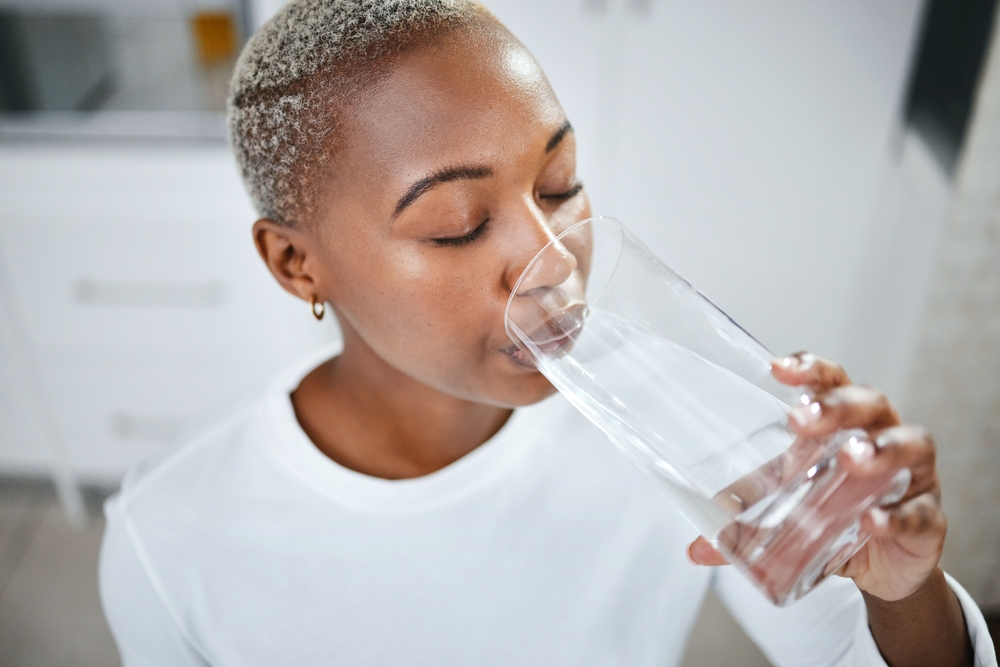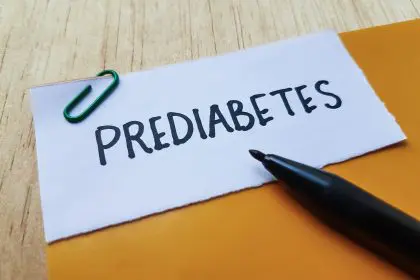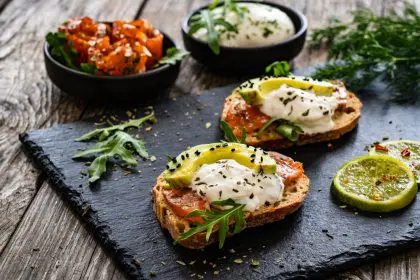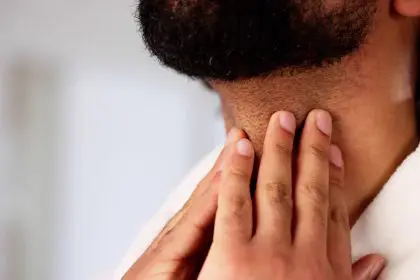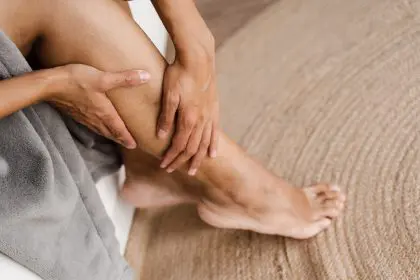Are you constantly popping pain relievers for mysterious aches? Your water intake might be the culprit. While we often blame our mattress, desk chair, or that ambitious weekend workout for our persistent pain, the real villain might be lurking in plain sight — your empty water bottle.
Chronic pain affects millions of people worldwide, disrupting daily life and diminishing quality of life. But what if something as simple as drinking more water could make a difference? Let’s dive into the unexpected connection between staying hydrated and keeping pain at bay.
Why your body screams when it’s thirsty
Think of your body as an intricate machine that’s roughly 60% water. This isn’t just filling space — water serves crucial functions in nearly every bodily system. When you’re dehydrated, even mildly, your body starts sending distress signals.
Your muscles, which are about 79% water, get particularly cranky when dehydrated. Without adequate hydration, they can’t flush out toxins that build up during normal function. These toxins can trigger inflammation and pain. Plus, dehydrated muscles contract more easily and release less readily, setting you up for cramps and spasms.
But it doesn’t stop with muscles. Your joints rely on water too. The cartilage that cushions your joints contains up to 80% water. When you’re not drinking enough, this cushioning thins out, leading to increased friction, inflammation, and pain with movement.
The sneaky ways dehydration worsens existing pain
If you’re already dealing with chronic pain conditions like fibromyalgia, arthritis, or back pain, dehydration can be like throwing gasoline on a fire.
When you’re dehydrated, your blood volume decreases. This means less efficient circulation, which translates to fewer nutrients reaching your tissues and fewer waste products being carried away. The result? Intensified pain signals and slower healing.
Another hidden way dehydration affects pain is through your intervertebral discs — those crucial shock absorbers in your spine. These discs are mostly water, and they rely on proper hydration to maintain their height and cushioning function. When dehydrated, these discs compress, potentially leading to nerve impingement and back pain.
The brain-hydration connection you never knew about
Your brain is particularly sensitive to dehydration. Even mild fluid loss can trigger headaches and affect how your brain processes pain signals.
When you’re dehydrated, your brain can actually shrink slightly, pulling away from the skull and triggering pain receptors in the surrounding membranes. This is one reason why dehydration headaches are so common.
Beyond direct headache pain, dehydration impacts your entire nervous system’s sensitivity. Your pain threshold lowers, meaning you feel pain more intensely and at lower levels of stimulation than you would when properly hydrated.
How to tell if dehydration is fueling your pain
The tricky thing about dehydration is that by the time you feel thirsty, you’re already dehydrated. Even more confusing, dehydration symptoms often mimic other conditions.
Look for these telltale signs that your pain might be linked to insufficient water intake:
- Dark yellow urine
- Dry mouth, lips, and skin
- Fatigue that water seems to improve
- Headaches that worsen throughout the day
- Muscle cramps that come on suddenly
- Brain fog or difficulty concentrating
- Increased pain after sweating or in hot weather
If you notice these symptoms alongside your chronic pain, trying a hydration experiment might be worthwhile. Increase your water intake consistently for two weeks and track any changes in your pain levels.
Beyond just drinking more water
While increasing your water intake is important, there are smarter ways to hydrate for pain management:
Consistency trumps quantity
Drinking small amounts throughout the day is better than chugging large quantities at once. Your body can only absorb so much water at a time, and excess is simply filtered out through your kidneys.
Try setting hourly reminders to sip water or tie your hydration to regular activities — a glass when you wake up, before each meal, and when taking medications.
Electrolyte balance matters
Plain water isn’t always enough, especially if you’re active or live in a hot climate. Electrolytes — minerals like sodium, potassium, and magnesium — help your body actually use the water you drink.
Foods rich in these minerals include bananas, avocados, leafy greens, and nuts. Sports drinks can help, but watch out for added sugars which can potentially increase inflammation.
Food contributes more than you think
About 20% of your daily water intake comes from food. Water-rich foods like cucumbers, watermelon, oranges, and bell peppers can boost your hydration while providing anti-inflammatory nutrients.
Interestingly, some people with chronic pain report improvements when adding hydrating, anti-inflammatory foods to their diet alongside increased water intake.
Temperature might make a difference
For some types of pain, the temperature of your hydration matters. Warm water can help relax muscles and improve circulation, potentially easing musculoskeletal pain. Cold water might help reduce inflammation for others.
Pay attention to how your body responds to different temperatures and adjust accordingly.
When hydration alone isn’t enough
While proper hydration is foundational for pain management, it’s rarely a complete solution for chronic pain. Think of it as one important piece of your pain management puzzle.
If you’ve optimized your hydration and still struggle with persistent pain, don’t get discouraged. The relationship between hydration and pain is complex and varies significantly between individuals.
Some people report dramatic improvements in their pain levels after addressing chronic dehydration, while others notice more subtle changes. Either way, proper hydration supports your body’s natural healing processes and can enhance the effectiveness of other treatments.
The bottom line about bottles
The connection between dehydration and chronic pain might not make headlines, but it deserves attention — especially because it’s so easily addressed. While drinking more water won’t make all your pain magically disappear, chronic mild dehydration could be making your pain worse without you realizing it.
Start with small, consistent changes to your hydration habits. Track your pain levels alongside your water intake. And remember that your body is an interconnected system where something as simple as water can influence something as complex as chronic pain.
Your perfect water bottle might not be a miracle cure, but it could be a powerful ally in your battle against persistent pain. And unlike many pain management strategies, staying properly hydrated has no downsides — only potential benefits for your overall health.
The next time pain flares up, before reaching for pain medication, perhaps reach for your water bottle first. Your body might just be trying to tell you it’s thirsty.

